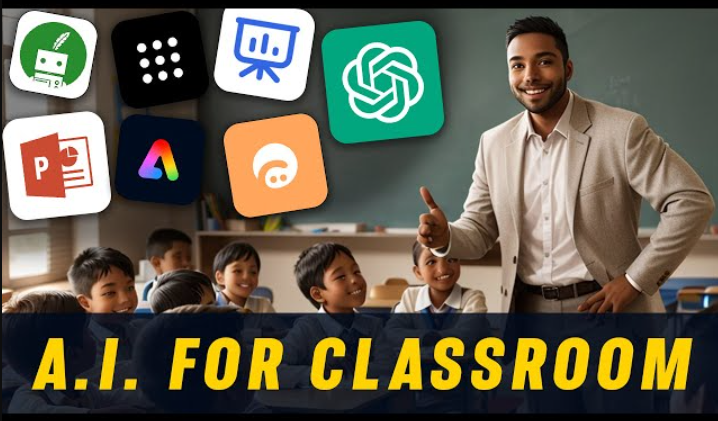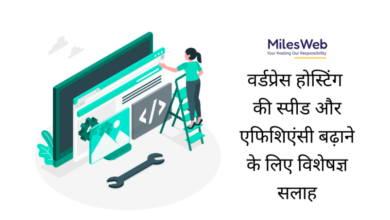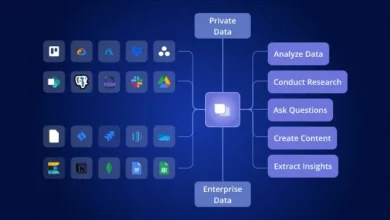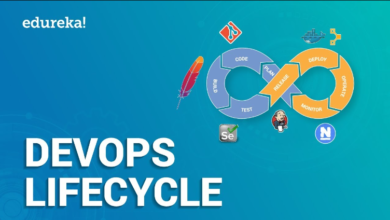AI in the Classroom: Superstar or Sidekick?

Imagine classrooms buzzing not just with students but with the whir of virtual tutors. Artificial intelligence (AI) is making its way into schools, promising to personalize learning, answer questions quickly, and even grade papers at lightning speed. But is this the dawn of a golden education age or a recipe for disaster?
Teachers who’ve embraced AI rave about its ability to tailor lessons to individual students. Picture this: no more one-size-fits-all lectures. Instead, each student gets exercises and explanations explicitly designed for their learning style, helping them reach their full potential. AI can also be a teacher’s secret weapon, taking over the time-consuming task of grading, especially for subjects like math, where repetitive calculations dominate. This frees teachers up to provide more one-on-one guidance, like helping students struggling to grasp a specific concept or encouraging those exceeding expectations. Sounds pretty amazing.
Hold on a second, say the sceptics. They worry that AI might become a comfy intellectual hammock, lulling students into passive learning. They argue that the struggle to solve problems, even if it takes time and effort, is essential for developing critical thinking skills. If AI spoon-feeds information, students might lose the ability to grapple with complex concepts and develop independent thought.
Another potential pitfall? Bias lurking in the shadows. AI algorithms are only as good as the data they’re trained on. If that data is skewed, the AI could unwittingly reinforce existing inequalities. Imagine an AI tutor consistently recommending more challenging work to boys than girls because that’s the pattern observed in past data. This could widen the achievement gap instead of closing it.
In addition to its potential to personalize learning and streamline grading, AI in the classroom can also enhance accessibility and engagement through innovative tools. For instance, teachers can integrate interactive elements into their lessons, such as augmented reality experiences or gamified learning platforms. Furthermore, educators can utilize AI-powered language translation services to support students learning a second language or those with diverse linguistic backgrounds. Technology like a free QR code generator online can also be employed to create dynamic, interactive learning materials. By scanning these codes, students can access supplemental resources, engage in multimedia content, or participate in interactive quizzes, fostering a more immersive and interactive learning environment. By harnessing the power of AI alongside tools like a free QR code generator online, educators can create dynamic, inclusive, and engaging learning experiences for all students.
As we move forward, it’s essential to use AI in education responsibly. AI should never replace teachers; instead, it should enhance their capabilities. It’s a tool that can revolutionize education, but it’s crucial to remember that human oversight and a focus on well-rounded learning are still the foundations of a successful classroom. The future of AI in education is promising, but it’s a future where technology and human interaction go hand in hand.



